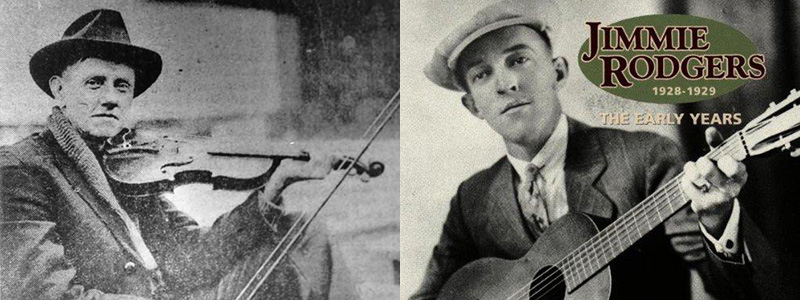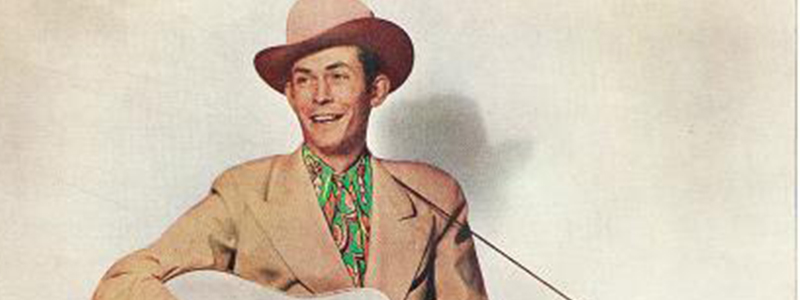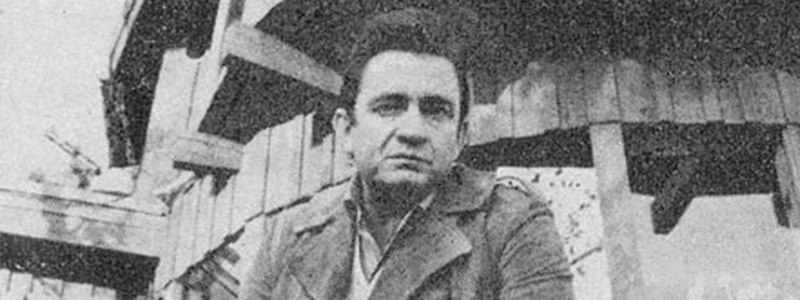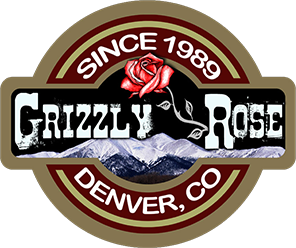The Evolution of Country Music
Artistic inspiration is like a giant river- ever changing, but ultimately comprised of what came before it. Whether the medium is film, art, or music, the ideas of the past influence and inform the content of the future. The same of course is true for country music as well. Let us take a look into this transformative process to better understand country music as a genre.

The Songs of the People: Early Country (1920’s)
Originally country music shared structural similarities with folk tales. The performances were usually live and the songs and instrumentation would vary depending on the geographical location. Listening to traditional country music allowed one to learn about the history and culture of that area, making it a very personal genre that proved hard to make accessible on a large scale.
Musicians who studied and drew upon these traditional tunes began to pop-up over time, creating fusions between the styles of different regions. It wasn’t until the 1920’s these musicians such as Fiddlin’ John Carson and Jimmie Rodgers were given an opportunity to record their music.
The resulting success of this music would lay the groundwork for popular country music as it is known today.

The Legends of the West: Singing Cowboys (1930’s)
Westerns used to be one of the most popular film genres in Hollywood. In fact, the only individual to have been awarded a Hollywood star in every category- film, music, television, radio, and live, was known for his roles as a kindly singing cowboy. Autry and peers such as Roy Rogers ended up creating a strong romanticized vision of the wild west which captured the imagination of America for decades to come.
The history of country at this point sees it tied very closely to film. Not only did country music take influences from these Western flicks, it scored many of them.
Popular country music songs of this era not from television and film were usually ballads which would tell their own stories of heroic cowboys.

Country vs Rock’n’Roll: Honky Tonk (1940’s)
As rock’n’roll exploded in popularity, even country music began to take inspiration from high energy rock riffs. The style of country known as “Honky Tonk” was a lot more rough and raw than it’s predecessors. Despite the new direction in country music, it was unfortunately still unable to compete with the growing genre of rock’n’roll and many music executives began to see country music as being less commercially viable than previously.
Ironically enough, Honky Tonk would end up inspiring future generations of rock’n’roll artists as well as country artists.
Country may have been in a rough spot during this period, but the works of Honky Tonk artists such as Hank Williams, Ernest Tubb, and Kitty Wells are still thought of fondly to this day.

Country’s Return: The Rise of the Nashville Sound (1950’s)
Despite the difficulties country music faces in the 40’s, there were those that saw an opportunity to reinvent the genre. A collection of producers and records companies out of Nashville, including Columbia Records, RCA Records, and Decca Records, ended up taking America by storm with a new style of country music which focused on smoothness and polish. The performers that these companies paired up with, such as Chet Atkins and Patsy Cline, excelled in helping create this new, more mellow sound.
Instead of trying to compete with rock’n’roll at its own game like Honky Tonk tried, the sophisticated sound coming out of the Nashville labels was unique and stood out on it’s own.

Rebelling Against The Past: The Bakersfield Sound (1960’s)
While many were taken with the slick songs coming out of Nashville, it had also gathered its own fair share of detractors who felt the style was too commercialized and didn’t have enough artistic range. Much like the punk rockers that would eventually try and put rock’n’roll back into the hands of the people, the Bakersfield Sound was an attempt to bring more humanity and passion back into country. Ordinary guys facing ordinary problems were the focus of many of these songs making them much more relatable and down to earth.
The poster child for the sound was none other than Bakersfield’s Buck Owens, whose breakout hit single, “The Streets of Bakersfield,” would define the sub-genre.

Classic Style With A Modern Twist: Outlaw Country (1970’s)
Interestingly enough, many comparisons can be made between outlaw country and the singing cowboys of the 1920’s. The sound and instrumentation of this genre can definitely be seen as a clear evolution of the Bakersfield sound- but the themes and lyrical concepts inverted old school cowboy ballads.
The “story” songs recalling tall tales were back, but the protagonist of such songs were usually stark anti-heroes. They weren’t outright bad guys, but they also weren’t the friendly cowboys with the white hats and sheriff badges of the 1920’s.
Probably the most famous performer of this style of country music was “the man in black,” Johnny Cash, however Willie Nelson and Merle Haggard were also important musicians during this time.



Trackbacks & Pingbacks
[…] those sounds around around him into something unique: modern blues-infused country and western — a musical style marked by blues chord progressions, western swing, bass-heavy backbeat, church choir cadences, and […]